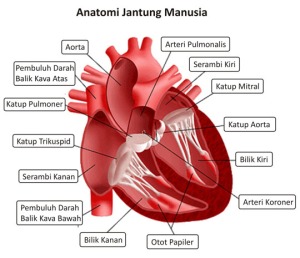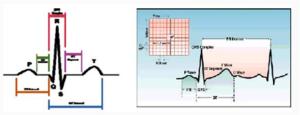Biophysics is an interdisciplinary science that uses the methods of physical science to studybiological systems.[1] Studies included under the branches of biophysics span all levels of biological organization, from the molecular scale to whole organisms and ecosystems. Biophysical research shares significant overlap with biochemistry, nanotechnology, bioengineering, agrophysicsand systems biology.
Molecular biophysics typically addresses biological questions that are similar to those inbiochemistry and molecular biology, but the questions are approached quantitatively. Scientists in this field conduct research concerned with understanding the interactions between the various systems of a cell, including the interactions between DNA, RNA and protein biosynthesis, as well as how these interactions are regulated. A great variety of techniques is used to answer these questions.
Fluorescent imaging techniques, as well as electron microscopy, x-ray crystallography, NMR spectroscopy and atomic force microscopy (AFM) are often used to visualize structures of biological significance. Conformational change in structure can be measured using techniques such as dual polarisation interferometryand circular dichroism. Direct manipulation of molecules using optical tweezers or AFM can also be used to monitor biological events where forces and distances are at the nanoscale. Molecular biophysicists often consider complex biological events as systems of interacting units which can be understood through statistical mechanics, thermodynamics and chemical kinetics. By drawing knowledge and experimental techniques from a wide variety of disciplines, biophysicists are often able to directly observe, model or even manipulate the structures and interactions of individual molecules or complexes of molecules.
In addition to traditional (i.e. molecular and cellular) biophysical topics like structural biology or enzyme kinetics, modern biophysics encompasses an extraordinarily broad range of research, from bioelectronics to quantum biology. It is becoming increasingly common for biophysicists to apply the models and experimental techniques derived from physics, as well as mathematics and statistics (seebiomathematics), to larger systems such as tissues, organs, populations and ecosystems.
AKTIFITAS KELISTRIKAN OTOT JANTUNG
Jantung terdiri dari 4 bagian yaitu atrium (dextra & sinistra) & ventrikel (dextra & sinistra). Jantung mempunyai aktifitas listrik meliputi: Sino Atrio Nodus, Atrio Ventrikuler Nodus, Berkas His dan Serabut Purkinje, inilah point penting dalam pembacaan EKG.

SA node mengalami gelombang depolarisasi ke atrium kiri dari atrium kanan dalam 70 sekon –> terjadi kontraksi atrium
Sumber:
http://alifis.wordpress.com/2010/01/19/seri-fisika-kesehatan___biolistrik-02/

